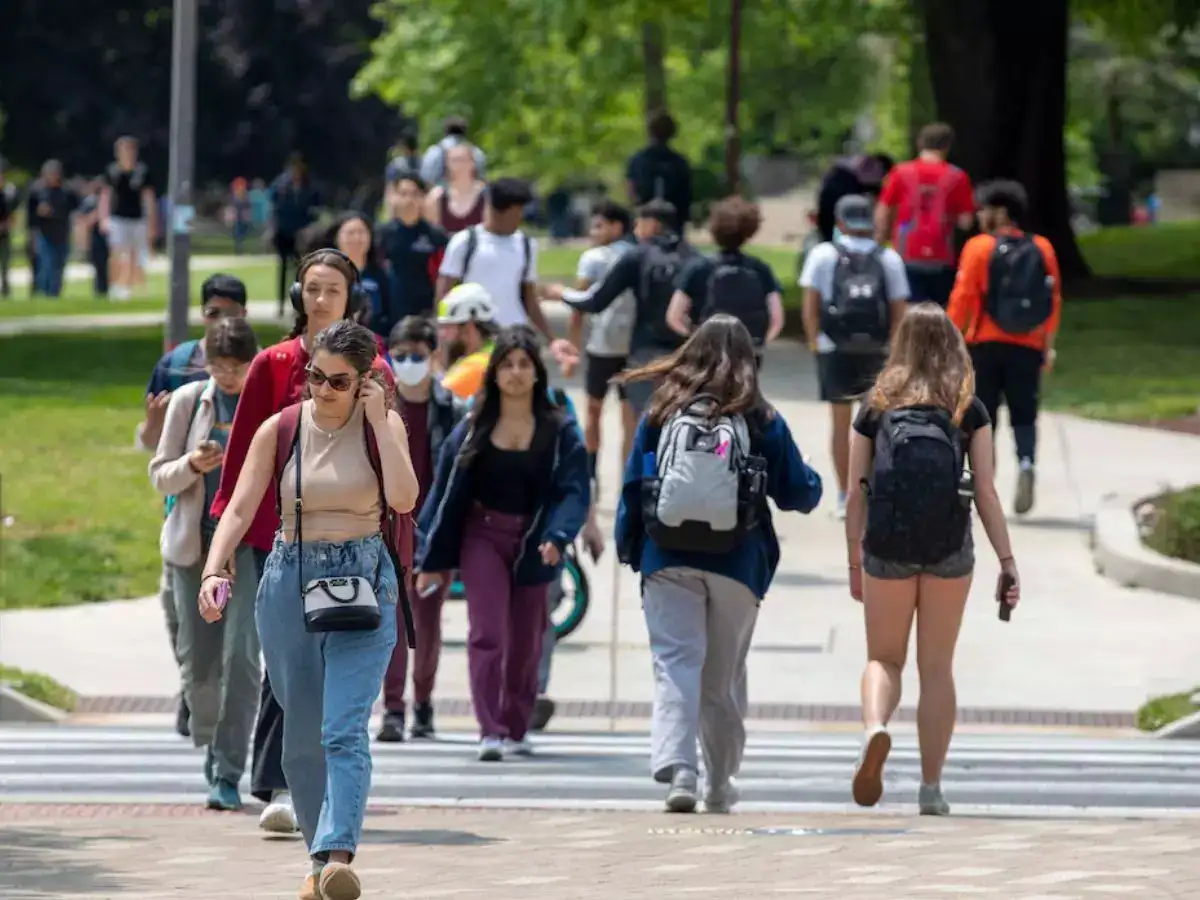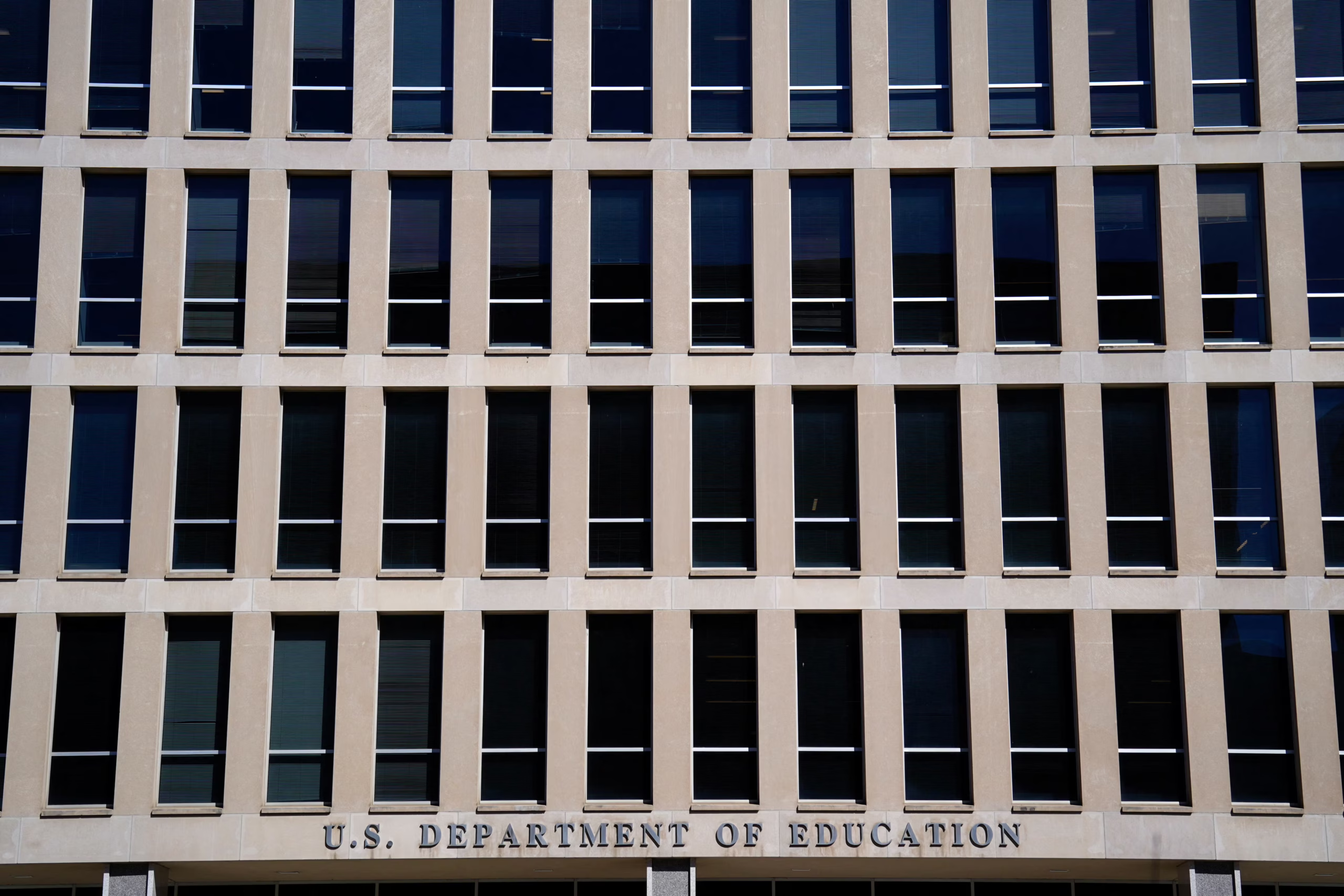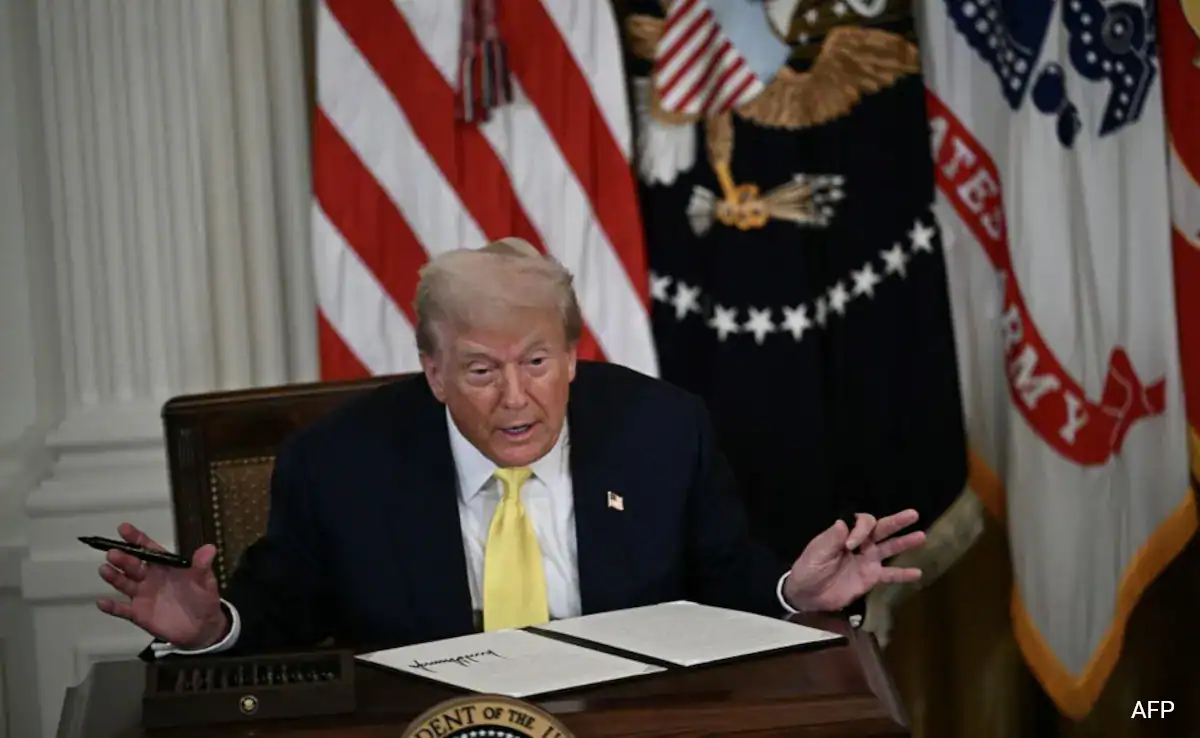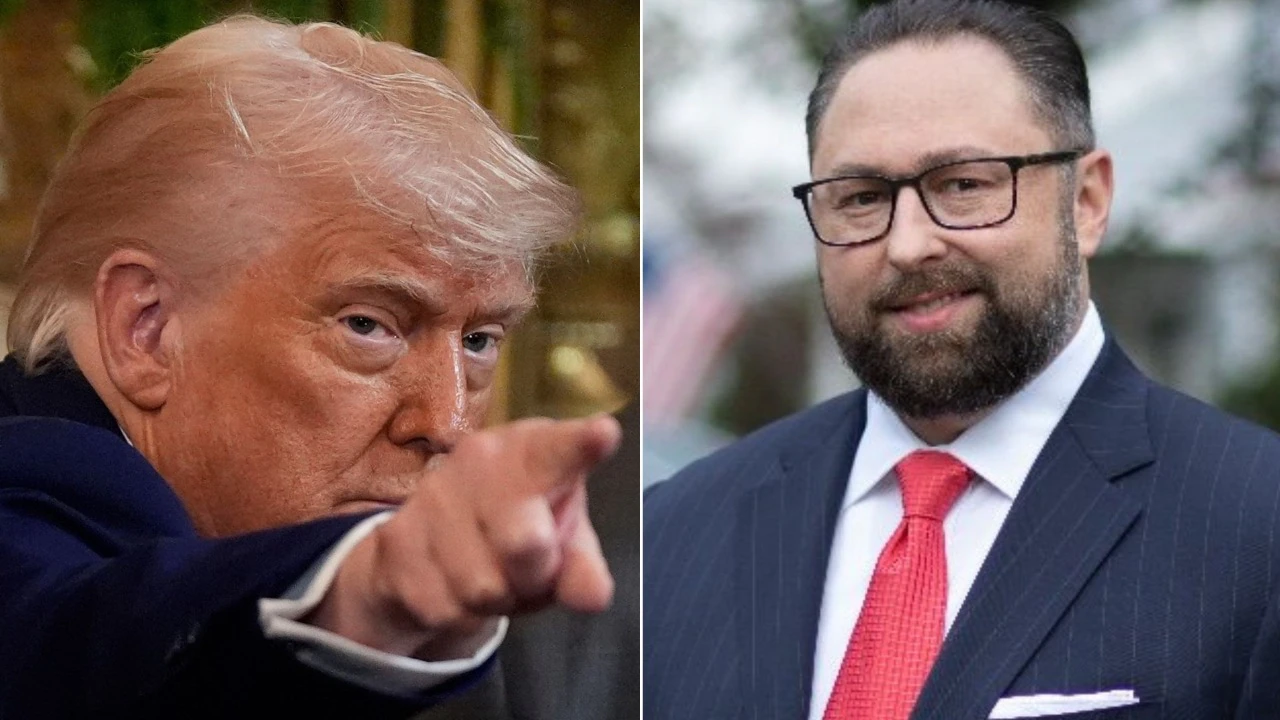
US Higher Education Plan Highlights
In recent years, the landscape of American higher education has undergone significant shifts, many of which have been driven by policy decisions made behind closed doors. The influence of key political figures, particularly former President Donald Trump and his close advisor Stephen Miller, has played a vital role in steering these changes. A close examination reveals a determined effort to curb the inflow of international students, altering the competitive and inclusive nature that once defined US academia.
Reports have surfaced indicating that the Trump administration, with Miller at the helm, actively rewrote policies that affected student visas, international collaboration, and institutional support for foreign students. These changes were often cloaked in national security concerns, aiming to restrict Chinese and other foreign influence within American campuses. But beneath the veneer of security and sovereignty, the real consequence was a systematic attempt to exclude international learners, who are instrumental for the diversity, innovation, and economic vitality of US higher education institutions.
The Mechanisms of Exclusion
Several specific policy initiatives illustrate how the administration sought to limit international engagement:
- Tightening visa regulations: Stricter criteria for F-1 student visas meant longer processing times, higher rejection rates, and a more arduous application process, discouraging many prospective students.
- Reducing international enrollments: With increased scrutiny and restrictions, universities experienced a decline in international applications, especially from China and India, historically the largest sources of international students.
- Limiting research collaborations: Policies aimed at curbing scientific exchanges and research partnerships, often funded or partnered with international universities, created an environment of suspicion and reduced opportunities for cross-border academic pursuits.
- Excluding international students from post-graduation employment opportunities: Changes to Optional Practical Training (OPT) and H-1B visa policies further complicated international students’ ability to work and contribute economically after graduation.
The Role of Stephen Miller and Ideological Underpinnings
Stephen Miller’s influence cannot be understated in shaping these policies. Known for his hardline stance on immigration, Miller’s ideological perspective emphasizes national sovereignty and the protection of American workers and institutions. This outlook translated into executive orders and directives that prioritized restricting foreign influence, especially from nations perceived as strategic competitors.
By framing international students as potential threats rather than assets, the administration attempted to redefine the interaction between US higher education and the world. These policies are not merely about border control or visa restrictions—they reflect a broader ideological shift that views openness and diversity with suspicion.
Consequences for US Higher Education and International Students
The repercussions of these behind-the-scenes policy rewrites are far-reaching:
- Decline in international student numbers: Significant drops in applications from key countries threaten the financial stability of many US universities, which rely heavily on international tuition fees.
- Loss of cultural diversity and academic excellence: International students bring unique perspectives, foster innovation, and enhance the global reputation of American institutions. Their exclusion diminishes the richness of campus life and research outputs.
- Impact on research and innovation: International collaboration has historically accelerated scientific breakthroughs. Restrictions hinder these partnerships, setting back progress in critical fields like technology, medicine, and climate science.
- Economic impact: International students contribute billions to the US economy through tuition, living expenses, and related spending. Reduced numbers mean negative economic consequences for local communities and institutions alike.
Counteractions and Future Outlook
Despite these restrictive policies, many educational institutions and advocacy groups are resisting the tide of exclusion. Universities are increasingly lobbying for more welcoming visa policies and international partnerships. Some states and higher education associations are pushing back against federal restrictions, emphasizing the value of diversity and global engagement in academia.
Looking ahead, there is a concern that these policies may continue to evolve under different administrations. The question remains whether the US can reconcile national security concerns with the imperative to remain a global leader in higher education and research. Rebuilding trust and reversing the negative trends will require concerted effort, policy reform, and a recognition of the intrinsic value international students bring to American academia.
Conclusion
The decisions made behind closed doors by figures like Trump and Miller have subtly but profoundly altered the US higher education landscape. While framed as protective measures, these policies effectively serve to exclude and diminish international students, risking the country’s global academic standing, innovation capacity, and diverse cultural fabric. As the US continues to grapple with its identity as a leader in higher education, the importance of open, inclusive policies becomes ever more evident—both for the nation’s intellectual growth and its economic prosperity.
Continued attention and activism are necessary to ensure that higher education remains an inclusive space that benefits from the world’s brightest minds.
For more updated news please keep visiting Prime News World.








